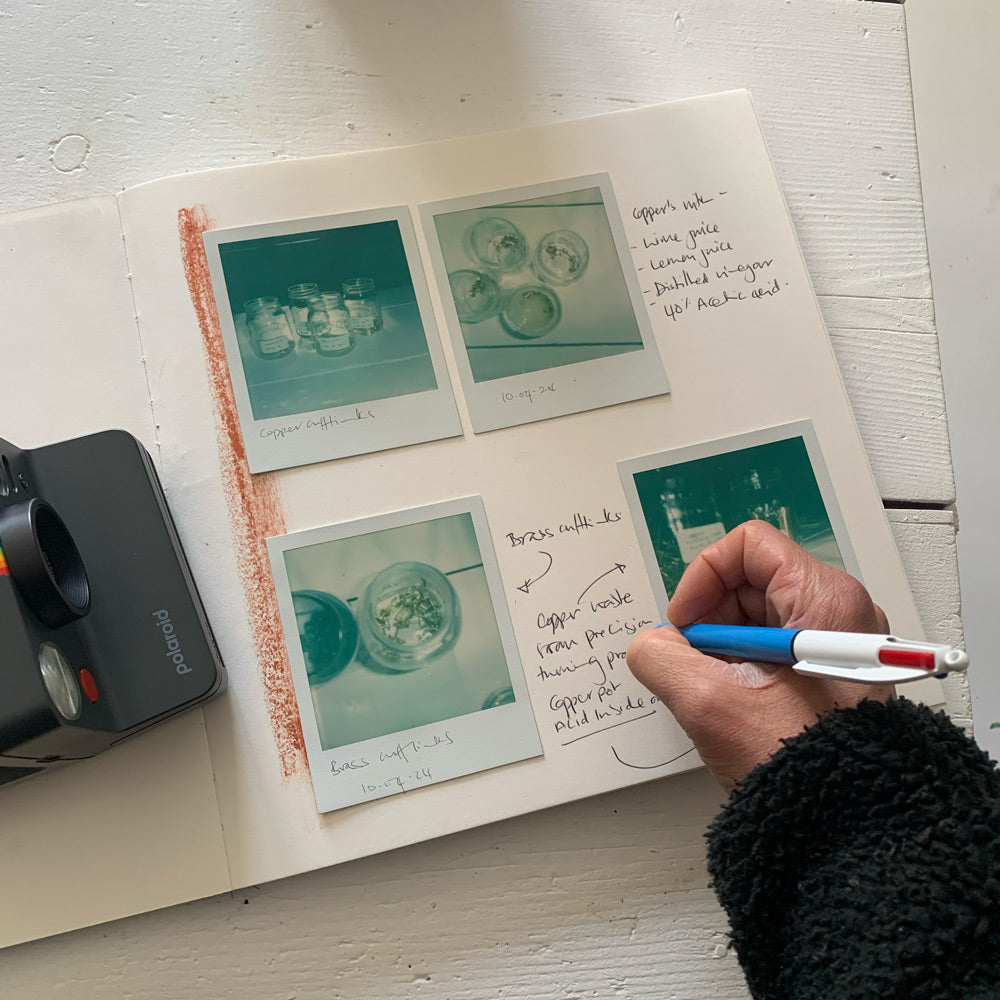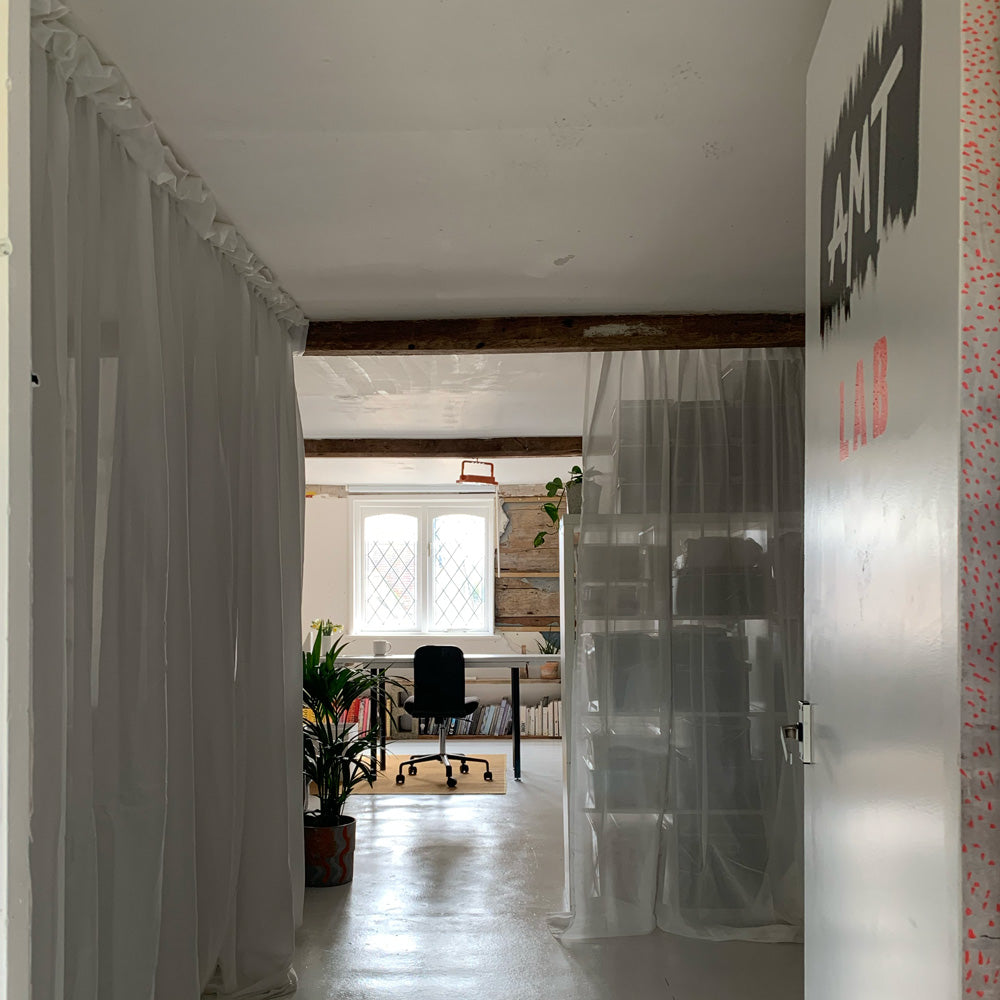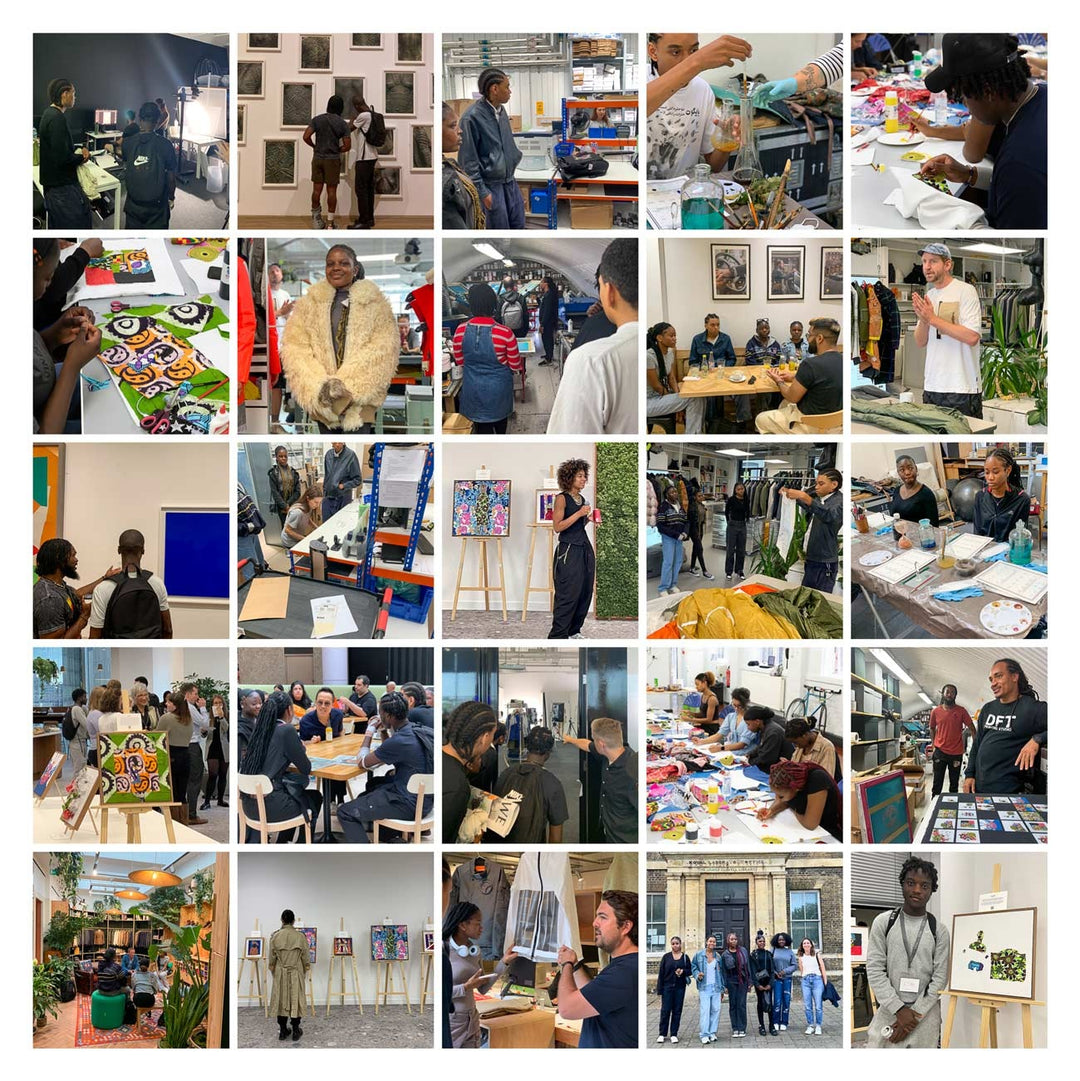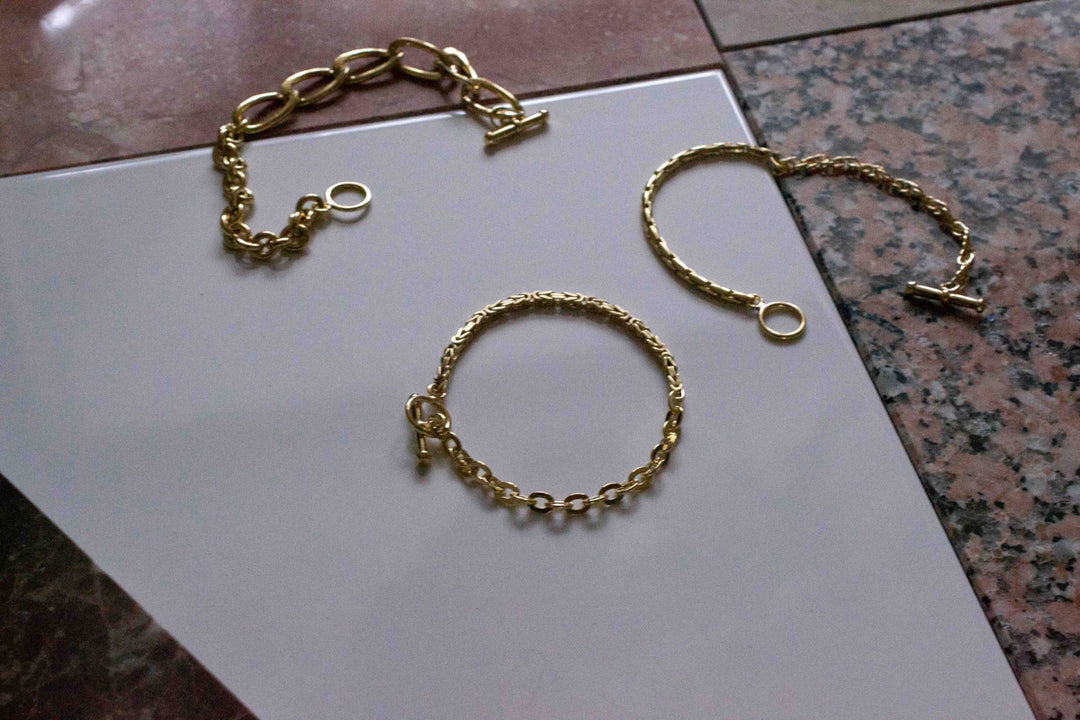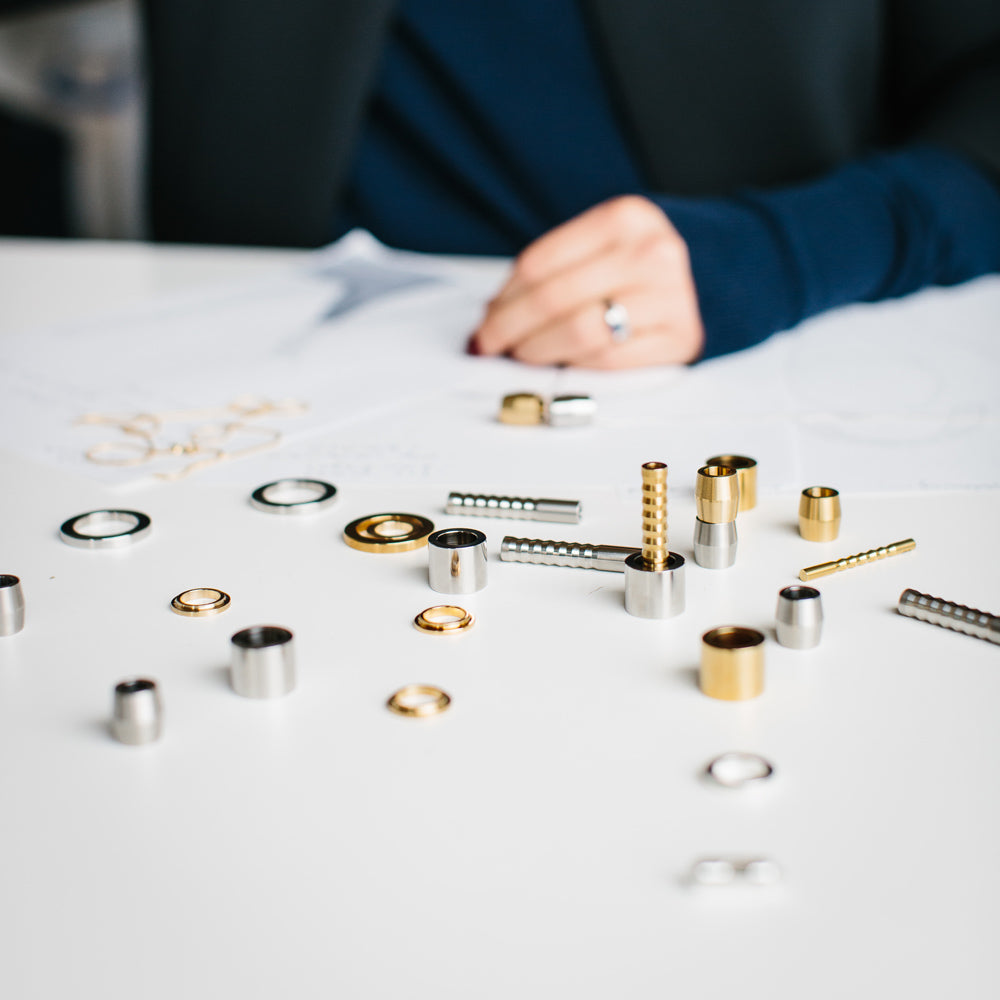Summer Series: What is Biomimicry?
Biomimicry is a practice that learns from and mimics the strategies found in nature to solve human design challenges. This is an area that fascinates me. It is so simple in principle and carries a huge opportunity that designers and innovators can tap into. It is about valuing nature for what we can learn. In the process, we learn about ourselves, our purpose, and our connection to each other and our home on earth. One of my favourite books when I was at art college is John Berger’s classic ‘Ways of Seeing’ and Biomimicry feels like it ‘changes the lens through which you can view the world.’

When translating nature’s strategies into design, the science of Biomimcry looks at three core values: Emulate, Ethos, and (Re)Connect.*
Emulate | The scientific, research-based practice of learning from and then replicating nature’s forms, processes, and ecosystems to create more regenerative designs.
Ethos | The philosophy of understanding how life works and creating designs that continuously support and create conditions conducive to life.
(Re)Connect | The concept that we are nature and find value in connecting to our place on Earth as part of life’s interconnected systems. (Re)Connect as a practice encourages us to observe and spend time in nature to understand how life works so that we may have a better ethos to emulate biological strategies in our designs.
_____________________________________________
Our planet is old – 4.5 billion years old. And for an astounding 3.8 billion years, it has harboured life. Since that time, millions of organisms have adapted and evolved to meet their needs within the limits of the planet, creating an intricately interconnected living system in the process.

Humans are a product of that living system, too, but we are relative newcomers. In the short period we’ve been on Earth (approx 200,000 years), we’ve developed some pretty destructive habits, too. But perhaps the biggest mistake we’ve made is forgetting that we are part of, not separate from, the ecosystems of our planet. We depend on them to provide essentials like clean air, water, and food. And in turn, the rest of life on Earth depends on us to be mindful of the limits of our resources.
Biomimicry looks to begin living within planetary limits. We can learn from nature and allow it to inspire and inform when creating designs, materials, and technologies of our own. These can be not only sustainable, but also regenerative and restorative—supporting the fabric of life on Earth.
By paying close attention to how nature works we can learn how we can emulate its genius in ways that enhance, rather than detract from, our planet and take steps towards significant change.
*reference from the Biomimicry Institute





